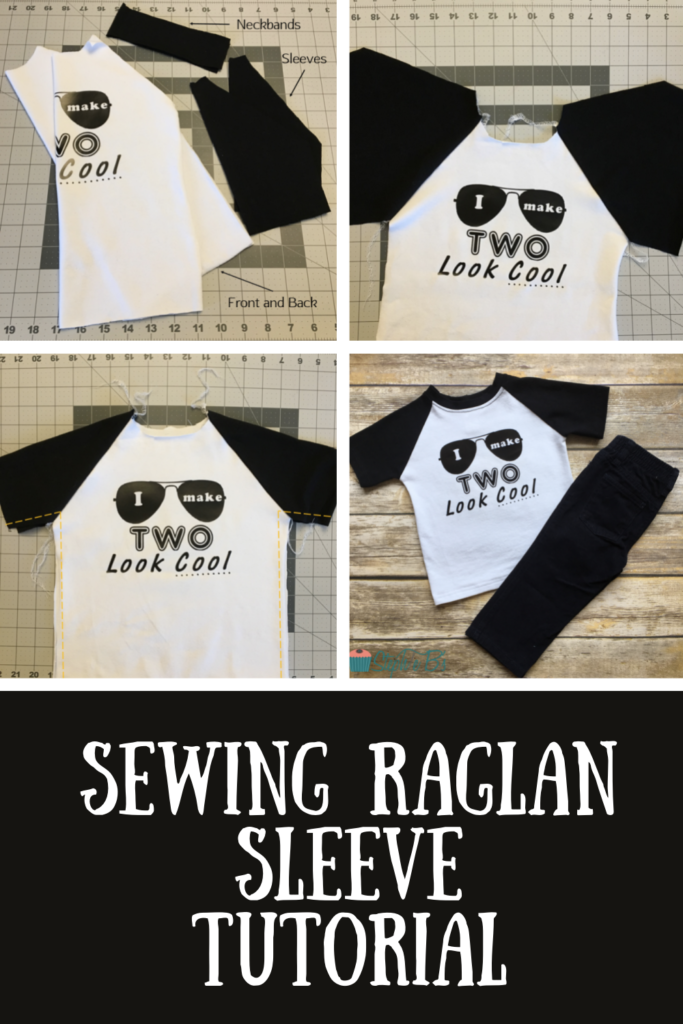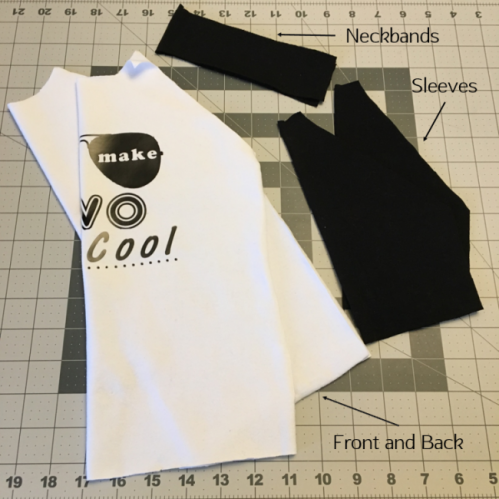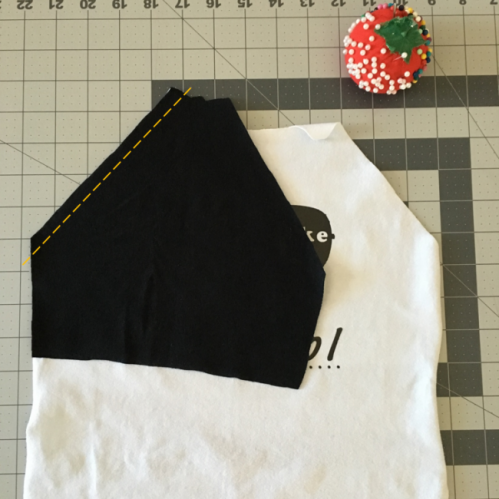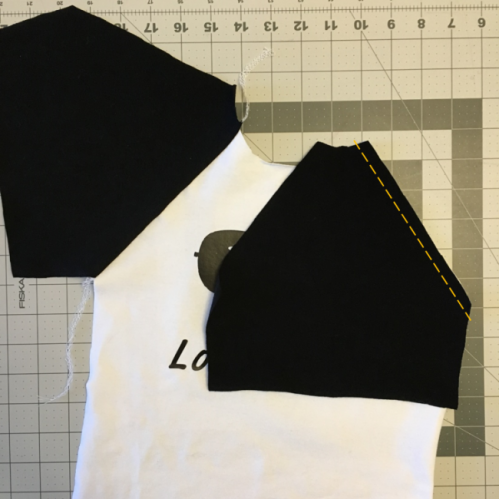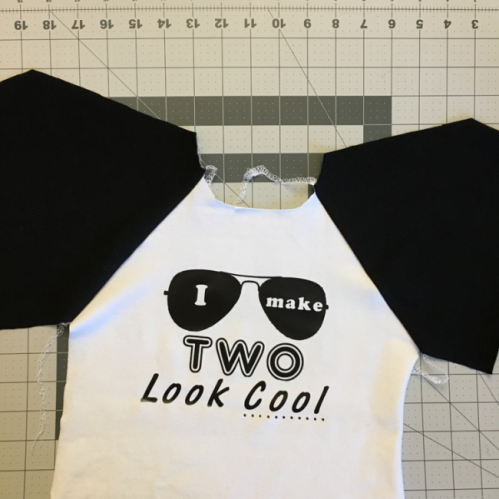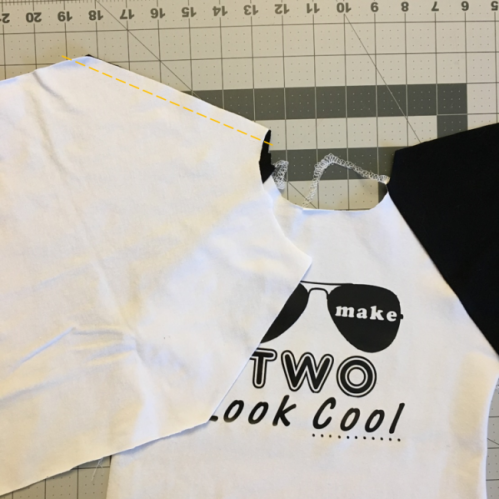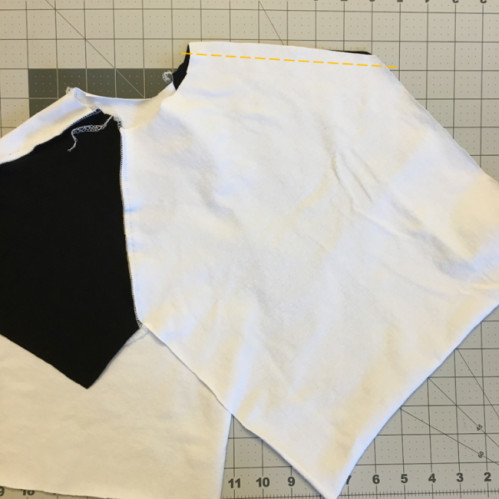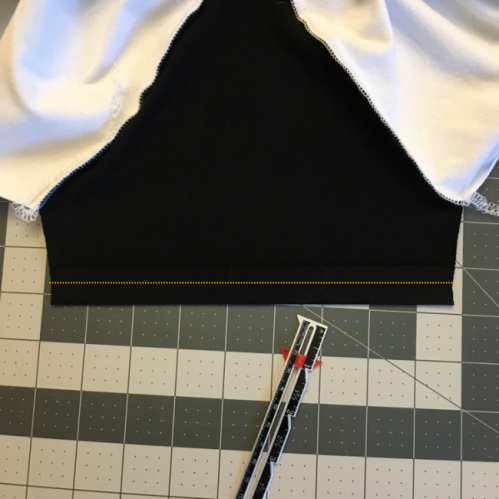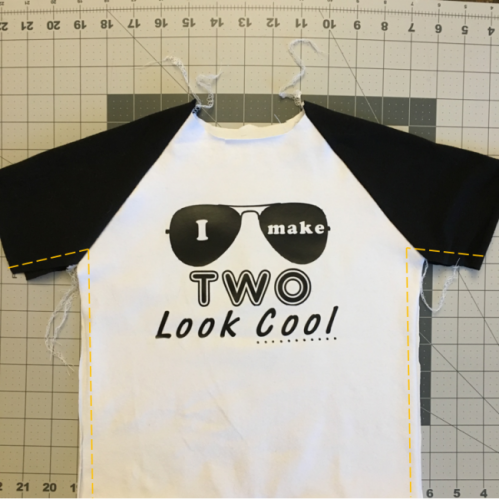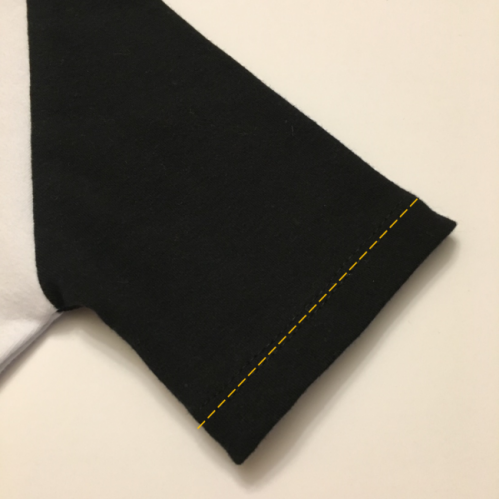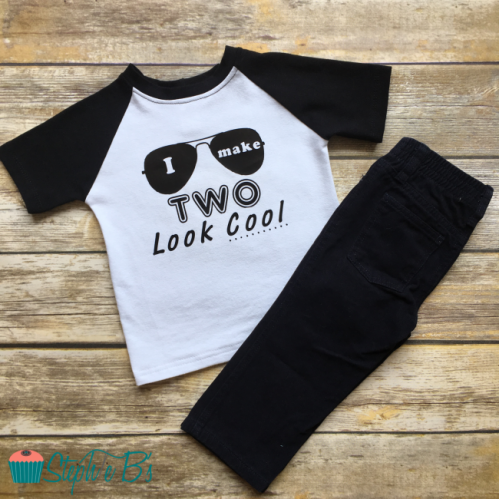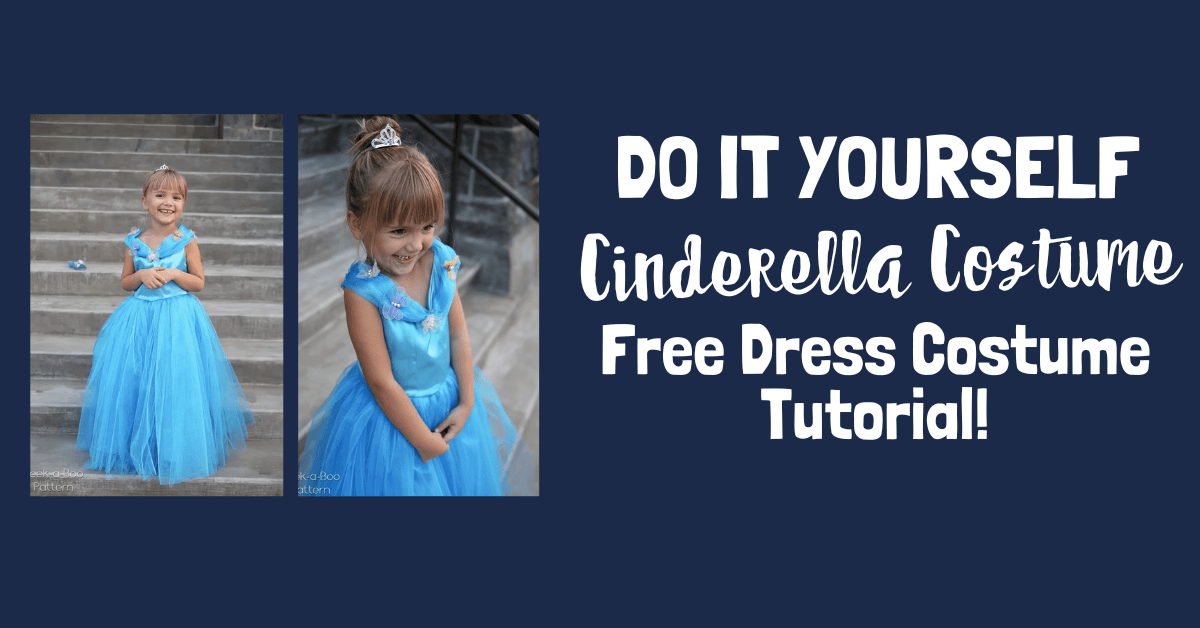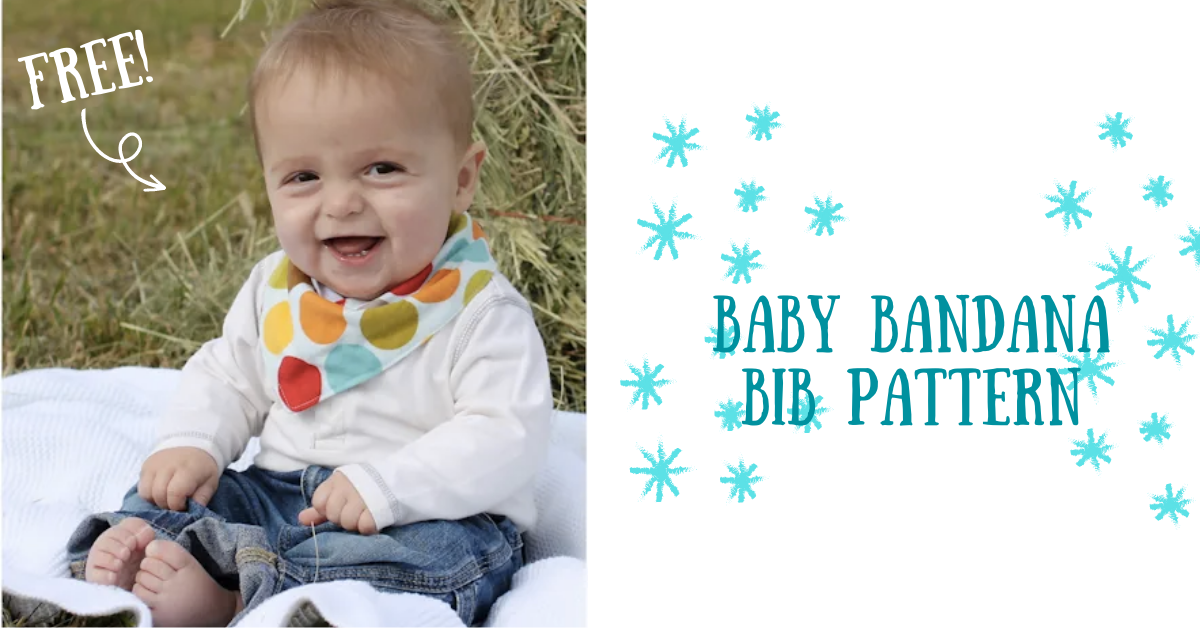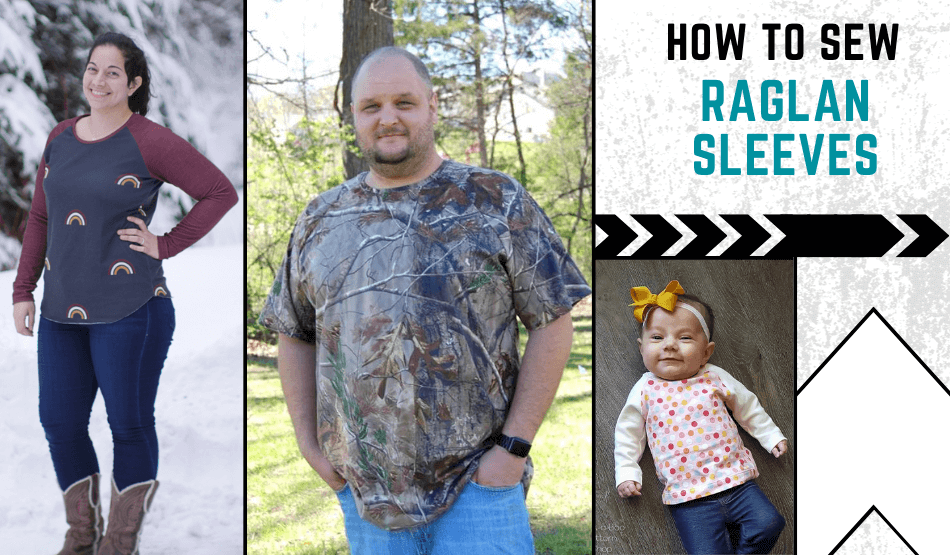
How To Sew Raglan Sleeves | Sewing Raglan Sleeves Tutorial
How to Sew Raglan Sleeves | Sewing 101
Today we have a fun and easy tutorial for you on how to sew raglan sleeves. If you want to continue on sewing raglans after that, we also have a tutorial on how to make a fancy raglan tee. Raglan sleeves are a popular style in sewing, known for their casual and sporty look. Whether you're a beginner or an experienced sewer, learning how to sew raglan sleeves can add a unique touch to your handmade garments. In this blog post, we'll take you through the step-by-step process of sewing raglan sleeves, from pattern cutting to finishing touches. So grab your sewing machine and let's get started on creating stylish and comfortable garments with raglan sleeves!
What is a Raglan Shirt?
A raglan shirt is a style of shirt that is characterized by its unique sleeve design. Unlike traditional t-shirts, which have set-in sleeves that run from the shoulder to the armhole, raglan shirts have sleeves that extend all the way to the collar, creating a diagonal seam that runs from the underarm to the neckline. This design gives raglan shirts a sporty and casual look, making them popular in athletic and casual wear. Raglan shirts are often made from soft and comfortable materials, such as cotton or jersey, and come in a variety of colors and patterns. Whether you're hitting the gym or simply looking for a stylish and comfortable everyday shirt, the raglan style is a versatile option that can add a touch of laid-back cool to any outfit.
Raglan Sewing Patterns
I always use the Grand Slam Tee and Dress pattern from Peek-a-Boo Pattern Shop for basic raglan shirts, so that is the pattern I am basing today’s tutorial off of. I HIGHLY recommend the Grand Slam. It’s perfect for boys and girls, and really is a go-to pattern for not only my household, but my business as well. If you’re looking for something a little more feminine, another one of my favorites is the Rosemary Raglan. (It has a cute little skirt! Love!!)
Peek-a-Boo Pattern Shop has many Raglan sewing patterns. Here are a few:
Sewing Raglan Sleeve Tutorial | How to Sew Raglan Sleeves
Learning how to sew raglan sleeves is simple – lets get started!
Getting Started Sewing Raglan Sleeves
So let’s begin learning how to sew raglan sleeves!
Once you’ve cut out all your pieces, grab the front piece and one of the sleeves. With right sides together (RST), align the angled edge of the sleeve along the angled edge of the front and sew or serge together.
Repeat with the second sleeve along the remaining angled edge of the front.
Once you’ve finished sewing both arms to the front, it should look like the picture below when the sleeves are spread apart.
Next, with RST, sew the back piece to the remaining sleeve edges.
There are two choices for the sleeve hem:
- You can measure and iron the hem before sewing the side seams (my preference). You may even choose to topstitch the hem at this point using a zig-zag, stretch stitch, or double needle.
Or…
- You can wait until the side seams are sewn up to measure, iron, and sew all at once.
At this point you’ll sew up the side seams and add the neck band.
If you haven’t done so already, topstitch your sleeve hem using a zig-zag, stretch stitch, or double needle.
Finally, hem the bottom of the shirt, and there you have it!! Quick and easy. It takes me longer to cut out the pieces than it does to sew up the shirt!
Now you know how to sew raglan sleeves. Good luck with your raglans! Sewing raglan sleeves can be a fun and rewarding project for any sewing enthusiast. Whether you're a beginner or an experienced sewer, the tips and techniques outlined in this blog will help you achieve professional-looking results. By following the step-by-step instructions and practicing your sewing skills, you'll be able to confidently sew raglan sleeves onto your garments. So grab your sewing machine, choose your favorite fabric, and get ready to create stylish and comfortable clothing with beautiful raglan sleeves. Happy sewing!
Making Raglan Sleeves | How to Make a Fancy Raglan Tee
Next, Sara is here to show us how to make a fancy raglan tee.
Hi everyone! This is Sara here to show you how to make a fancy raglan tee. One of the things I really like about sewing is to be able to grab a simple pattern and hack it (or flip it, or alter it if you prefer)! I love all the creative processes behind it. Sometimes I alter it just a bit and sometimes I go all the way and almost make a new pattern. 🙂
This time I thought about making a simple raglan tee – the Grand Slam tee pattern – into a fancy tee. All I did was cut the front piece two times – one with my regular knit and the other with a fancy swiss dot knit – and add a little something to the sleeves.
My girl loved it! And the best part is I am sharing with you a quick tutorial on how to make it! It only takes adding a few simple steps to the Grand Slam instructions.
Fancy Raglan Supplies
- A fancy light weight knit (see pattern’s yardage requirements) – swiss dot knit, tight raschel, mesh, stretchy lace, soft light weight tulle, etc.
- Pins and measuring tap
Follow these steps between steps 6 and 7 on the Grand Slam instructions.
Tutorial for the front layer

Fancy Raglan Front Step A: Grab your fancy knit. Fold it. Lay the front pattern piece on it about 6 inches from the fold line. Angle out the side at about 3 inches from the bottom edge. Optional: You can also add some length to the top layer if you want. Make sure to round the side edges and/or finish them. Cut.
Fancy Raglan Front Step B: Gather the neckline by stitching two rows of long stitches (for more detail on gathering check my January contributor’s post on How To Gather) and pulling the threads. Start and stop about 0.5 inches from both edges. Distribute the gathering evenly to match the other front piece at the neckline and sides.
Tutorial for the sleeve band
Fancy Raglan Sleeve Step A: Cut two stripes (of the fancy knit) with 2” x sleeve bottom width.
Well – you might be all raglaned out now. I hope you enjoyed this sewing raglan sleeve tutorial. Hopefully, you’ve learned both how to sew raglan sleeves and some different applications for your knowledge.
What are the advantages of sewing raglan sleeves instead of traditional sleeves?
Sewing raglan sleeves offers several advantages over traditional sleeves. Raglan sleeves have a more relaxed and comfortable fit, allow for greater freedom of movement, and are easier to sew due to their simple construction. They also add a stylish and unique look to garments.
Thank you for joining us today to learn a little more about raglan shirts and how to sew raglan sleeves. As always, come visit us in the Peek-a-Boo Pattern Shop Facebook Group to share what you make and ask questions. You can also follow us on Instagram and Pinterest. Happy Sewing!
